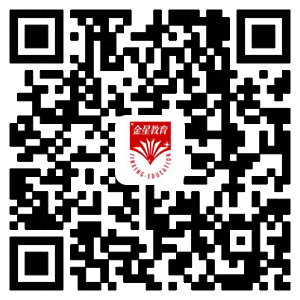一、序数词的表示法
1. 以下是最基本的序数词,学习者必须牢记:first(第1), second(第2), third(第3), fourth (第4), fifth(第5), sixth(第6), seventh(第7), eighth(第8), ninth(第9), tenth(第10), eleventh(第11), twelfth(第12), thirteenth(第13), fourteenth(第14), fifteenth(第15), sixteenth(第16), seventeenth(第17), eighteenth(第18), nineteenth(第19), twentieth(第20), thirtieth(第30), fortieth(第40), fiftieth(第50), sixtieth(第60), seventieth(第70), eightieth(第80), ninetieth(第90)。
【说明】
① 许多序数词是由相应的基数词后加th构成的,如:four / fourth,six / sixth,ten / tenth,sixteen / sixteenth,但是nine变为序数词是ninth,而不是nineth。
② twentieth, thirtieth, fortieth 等表示整十的序数词,由相应的基数词将词尾y改为ie,再加th 构成。
③ first, second, third 通常可缩写为1st, 2nd, 3rd。凡是以th结尾的序数词可缩写为“基数词+th”:4th, 5th, 9th, 11th, 60th, 128th等。
2. 非整十的多位数,将个位数变成序数词即可:twenty-first(第21),thirty-sixth(第36),ninety-ninth(第99),three hundred and sixty-fifth(第365)等。
3. hundred, thousand, million 等序数词形式为 hundredth, thousandth, millionth 等:
five hundredth (500th) 第500 ten thousandth (10, 000th) 第10000)
注意:这类词前用数字“一”时,这个“一”只用one,不用a:
one hundredth 第100(不说a hundredth)
二、既可序数词也可用基数词的场合
1. 日期的表示法通常用序数词,也可用基数词,如“5月5日”在书面语中通常写成5 May(英)或May 5th(美),而在口语中则通常说成 the fifth of May,May the fifth(英), May fifth(美)等。
2. 在类似编号的场合,用序数词应放在被修饰词语之前,若用基数词则置于其后:
the First Lesson / lesson one 第一课 the tenth chapter / chapter ten 第10章
the sixth line / line 6 第6 行 the third part / part three 第三部分
但是,在许多情况下,用基数词比用序数词更合适、更方便:
Book One 第一册 Room 805 805房
page 110 第110页 Bus Number Ten 第10路公共汽车
